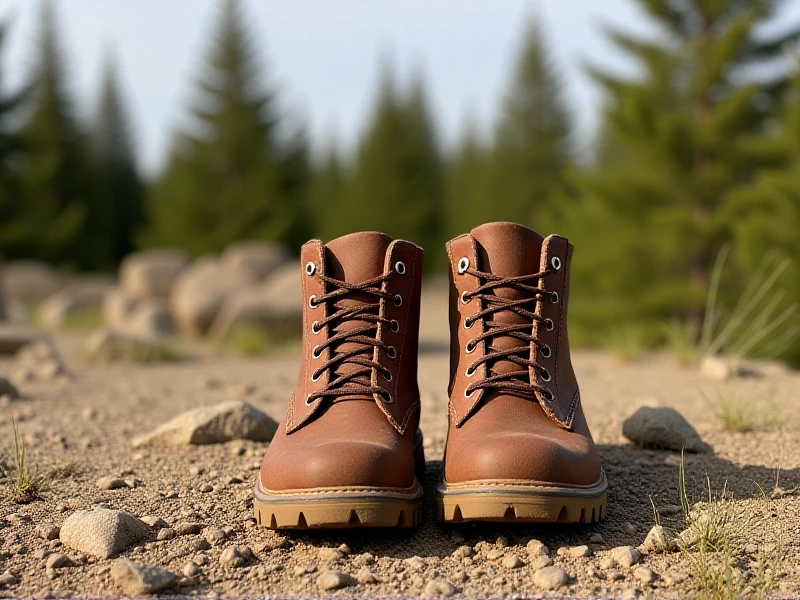
The Ultimate Guide to Choosing Durable & Safe Work Boots
Finding the right pair of work boots is crucial for both daily comfort and long-term safety in demanding jobs. Whether you're in construction, landscaping, mining, or logistics, your feet face significant hazards daily. High-quality work boots are an essential investment, not just another piece of equipment. This guide covers key features to prioritize when selecting your next pair.
Safety First: Non-Negotiable Features Protective toes (steel, aluminum, or composite) are fundamental for environments where falling objects pose a risk. Equally vital is slip resistance. Look for boots with deep, multi-directional lugs specifically rated to perform well on oily, wet, or uneven surfaces – crucial for preventing workplace slips and falls. Puncture-resistant midsoles shield the soles of your feet from sharp objects like nails often found on construction sites. Many quality work boots also offer metatarsal guards and electrical hazard protection.
Durability & Construction That Lasts Your work boots endure heavy wear and tear. Focus on robust materials:
- Leather Uppers: Full-grain or waterproof leather offers superior durability and weather resistance.
- Stitching & Bonding: Look for a Goodyear welt construction or polyurethane direct-injection molding. These methods ensure the sole is securely attached for longevity.
- Heavy-Duty Components: Reinforced shanks (steel or thermoplastic) provide arch support and prevent torsion under heavy loads.
Comfort and Support for Long Shifts Even the toughest work boot is ineffective if it causes foot fatigue. Prioritize comfort:
- Cushioning & Support: Adequate arch support, cushioned insoles, and padded collars reduce strain during extended standing or walking.
- Ankle Support: Work boots offering secure ankle support significantly reduce sprain risks, especially on uneven terrain.
- Breathability & Climate Control: Moisture-wicking linings prevent sweat build-up, while waterproof membranes (like Gore-Tex) keep feet dry in wet conditions. Insulated work boots are essential for cold environments.
- Fit: Always try boots on with the socks you'll wear at work. Ensure a snug heel fit with ample toe wiggle room. Many models now offer wider widths for better comfort.
Matching Your Boots to Your Job Identify the primary job hazards you encounter:
- Construction/Site Work: Prioritize impact and compression safety (ASTM F2413 standard meeting), puncture resistance, and excellent slip resistance.
- Emergency Services: Waterproofing, electrical hazard protection, and often chemical resistance are critical. Need to move quickly? Find durable composite toe boots without the weight of metal.
- Warehouse/Logistics: Slip resistance is paramount, along with comfortable cushioning for constant movement.
- Landscaping: Look for work boots offering waterproofing, good mud release on the sole, and high-cut options for added ankle support on slopes.
Investing in the right pair of durable, safety-compliant work boots is investing in your well-being and performance. Don't compromise on features that protect you from job-specific dangers. Assess your needs, research brands rigorously, and choose boots providing the optimal blend of protection, durability, and all-day comfort – your feet will thank you at the end of every shift.